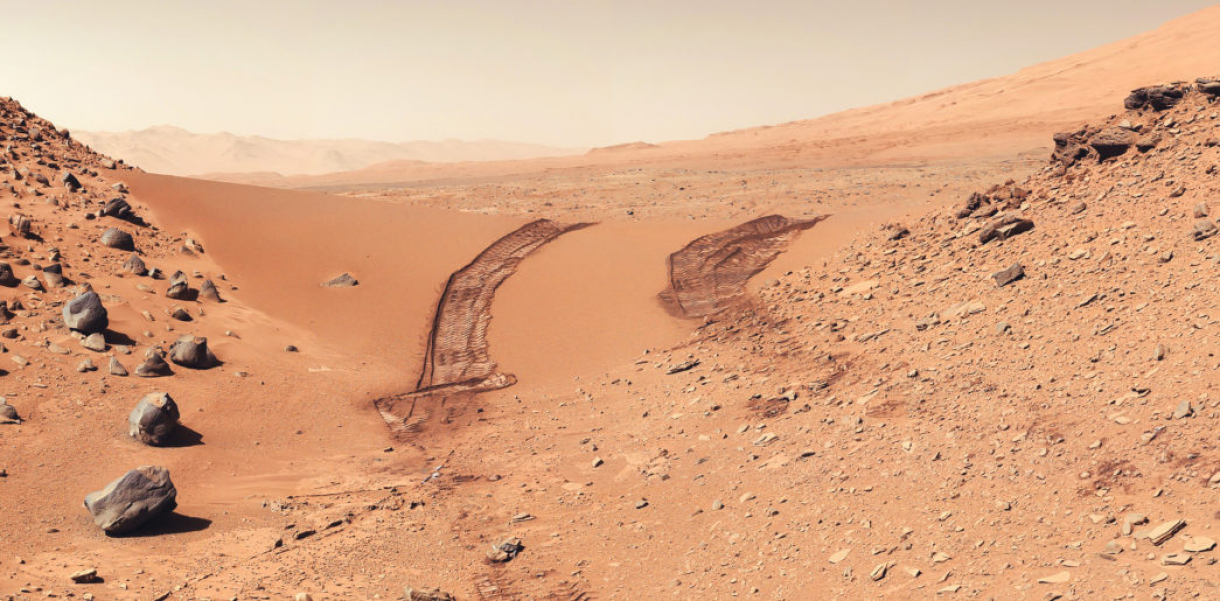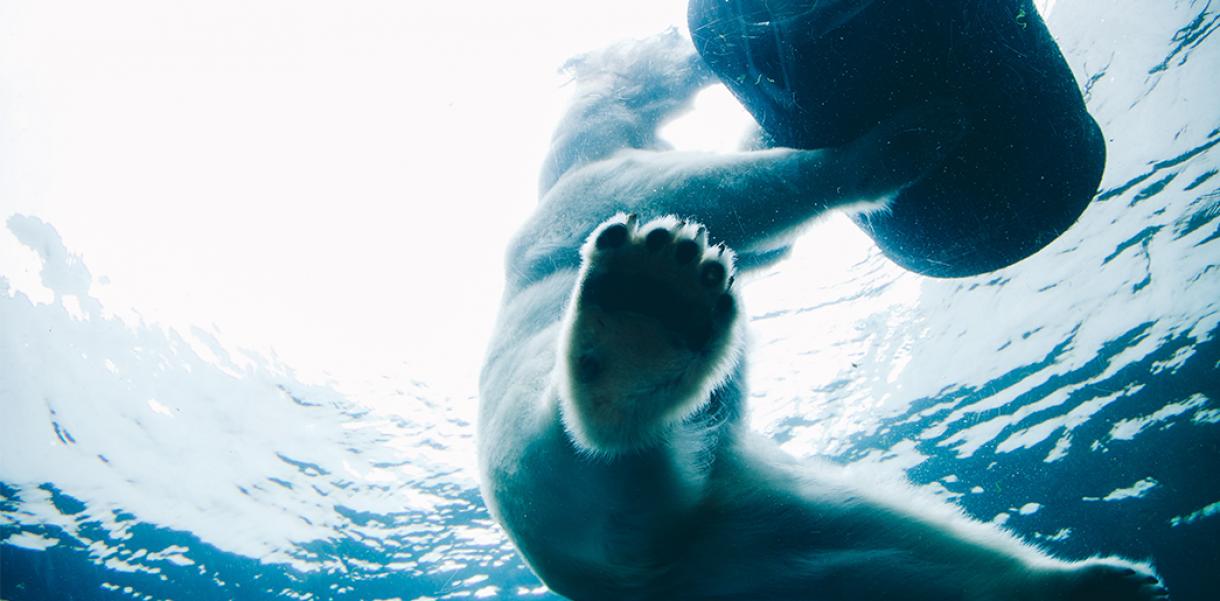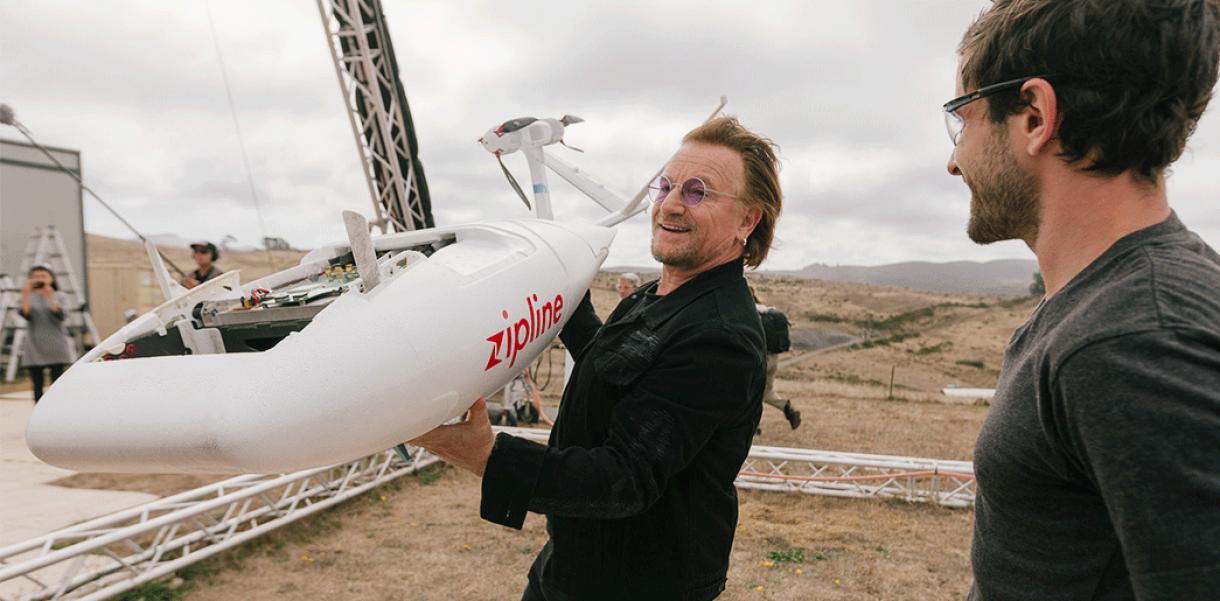In 2028, the asteroid 1997XF11 will come really close to Earth, but will miss the planet. If something changed and it did hit the ground, this 1.5-kilometre wide, 48280 km/h travelling asteroid, would produce an amount of energy 10 million times greater than the atomic bomb that fell on Hiroshima.
Life, as we know it, would be mostly wiped out.
Many countries still have atomic weapons, and the tension between them has been rising continuously over the past years. The fallout from a 21st century atomic world war would either wipe out life as we know it, or make it barely liveable.
Life, as we know it, would be mostly wiped out.
Elon Musk, Stephen Hawking and many more prominent scientist are strongly warning against unregulated development of artificial intelligence, and the dire consequences it might bring.Musk helps to put things in perspective:
“If AI has a goal and humanity just happens to be in the way, it will destroy humanity as a matter of course without even thinking about it. No hard feelings. It’s just like, if we’re building a road and an anthill just happens to be in the way, we don’t hate ants, we’re just building a road, and so, goodbye anthill.“
I could continue listing future doom scenarios, some perhaps more sensationalist than others, but I think at this point you get the idea that humanity could be wiped at any time, and there is no backup. The end. Fin. конец.
Humanity’s best chance of survival is to disseminate among the stars as soon as possible. And this is without taking into consideration the unprecedented rate that we are using resources, overpopulating and the huge growth of people moving into urban areas.
But, how do we get there?
There are already many projects nominated for INDEX: Award 2019 that could pave the road towards building this future. Let’s look at some of them.
Humanity’s best chance of survival is to disseminate among the stars as soon as possible.
First, take off.
SpaceX’s Falcon Heavy, the world’s most powerful rocket, was designed from the outset to carry humans into space and restores the possibility of flying missions with crew to the Moon or Mars. It can lift into orbit a mass greater than a 737 jetliners loaded with passengers, crew, luggage and fuel.Now, if you need to begin growing a human settlement in a different planet, you will need to feed them.
Lunar/Mars Inflatable Greenhouse is a project made in collaboration between researchers from the University of Arizona and NASA scientists. It is a greenhouse made of an inflatable material, allowing astronauts to grow fresh food year-round.
But, what if they want to eat a pizza and then a cake for dessert? Well, Beehex, whose founders were commissioned by NASA to develop food for astronauts on a deep-space mission to Mars, has created a 3D-printer for pizzas.
3D Food Printer by Flow, on the other hand, has created a 3D food printer that allows you to use fresh ingredients or ingredients that otherwise will be thrown away, such as fruits and vegetables that may have a small spot and are therefore not suitable for sale in a supermarket, and use them to fill your cartridges. Chefs, caterers, patissiers and chocolatiers have joined R&D facilities and are now using this technology to attract their customers with new shapes and textures.
Projects like CTRL-Labs and Brain Dynamics, each following their own path, work within brain-machine interfaces. Not only do they help people with paralysis to communicate and interact but they also open up possibilities to control robots, perhaps to explore, construct and go where it would be impossible for humans. There is still a long way to go here, but we’ll get there.
Understanding how our bodies work, especially in space and beyond Earth, will give us better tools to adapt. Nebula Genomics uses blockchain technology to sequence your DNA genome and understand it, while helping cure diseases. And it’s you, who owns this data.
Together with Ocean Protocol, a decentralised data exchange protocol to unlock data for AI research, a new age of collaboration could be around the corner.
Space rockets, food 3D printing technology, brain-machine interfaces and blockchain technology. Alone, these projects show a future image of what’s coming up.
Together, they could be some of the tools to help us establish a colony in Mars – the first step to becoming a multi-planetary species and avoiding extinction.
Aiming for the stars also opens up a new age of exploration, discoveries, development, entrepreneurship, new societal and economic models.
Together, they could be some of the tools to help us establish a colony in mars – the first step to becoming a multi-planetary species and avoiding extinction.
I like to spend hours thinking how everyday life will be when we finally reach a Star Trek-level society. Note, that I say “will be” instead of “would be”. This is because I really believe in mankind, especially when looking at the amazing nominations we receive year after year.
It just takes time.




